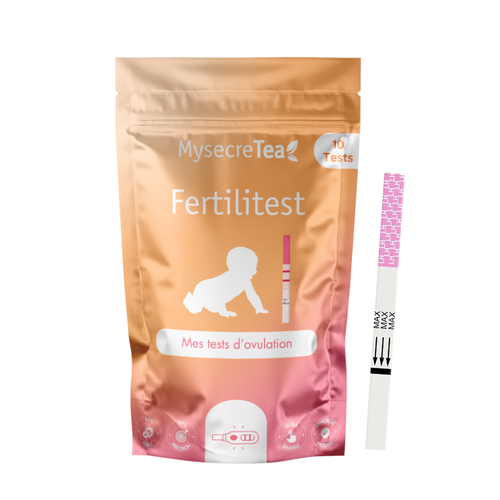Polycystic ovary syndrome (PCOS) is a complex hormonal condition that affects a large number of women worldwide. Although often grouped under the same name, PCOS can manifest in different ways, and it is important to understand the different types for effective management. In this article, we will explore the main types of PCOS and their distinguishing characteristics.
1. PCOS Type I: Classic PCOS
Classic PCOS is the most commonly diagnosed type and is characterized by the following triad of symptoms:
• Irregular menstrual cycles : Women with this type of PCOS often have long or absent menstrual cycles.
• Hyperandrogenism : Excessive production of male hormones (androgens) results in symptoms such as acne, hirsutism (excessive hair growth), and androgenetic baldness.
• Polycystic ovaries : The ovaries have numerous small cysts visible on ultrasound.
2. PCOS Type II: PCOS with Insulin Resistance
This type of PCOS is distinguished by increased insulin resistance, which further complicates the management of the syndrome. Features include:
• Insulin resistance : Cells do not respond effectively to insulin, which can lead to high blood glucose levels and an increased risk of type 2 diabetes.
• Metabolic syndrome : Women may have signs of metabolic syndrome, such as abdominal obesity and high cholesterol levels.
• Symptoms similar to classic PCOS : In addition to insulin resistance, symptoms may include irregular menstrual cycles, hyperandrogenism, and polycystic ovaries.
3. PCOS Type III: PCOS with Inflammation
PCOS type III is associated with chronic inflammation, which can worsen the symptoms of the syndrome. Its characteristics include:
• Chronic inflammation : Inflammatory markers may be elevated, contributing to symptoms such as pelvic pain and digestive upset.
• Hormonal symptoms : Women experience irregular menstrual cycles and hyperandrogenism, but inflammation is a key factor worsening symptoms.
• Possible complications : Inflammation can also be linked to complications such as autoimmune disorders or cardiovascular disease.
4. PCOS Type IV: Postpartum PCOS
This type of PCOS occurs after pregnancy and may be influenced by postpartum hormonal changes. Its characteristics include:
• Postpartum symptoms : Women may develop symptoms of PCOS after giving birth, often due to hormonal fluctuations.
• Disturbed menstrual cycles : Menstrual cycles may remain irregular after pregnancy.
• Hyperandrogenism : As in other types of PCOS, excessive production of androgens may be present.
Diagnosis and Management
Diagnosis of PCOS is usually based on a combination of clinical symptoms, physical exams, and hormone tests. Doctors may also use ultrasounds to detect polycystic ovaries.
Management of PCOS depends on the specific type and may include:
• Lifestyle modifications : Eating a balanced diet and getting regular exercise can help manage symptoms and improve insulin resistance.
• Medical treatments : Medications may be prescribed to regulate menstrual cycles, reduce androgen levels, or improve insulin sensitivity.
• Complementary therapies : Some women find benefit in complementary treatments such as herbal teas, which can support hormonal balance and reduce PCOS symptoms.
Conclusion
PCOS is a varied condition that manifests differently in every woman. Understanding the different types of PCOS is essential for accurate diagnosis and effective management. By working with a healthcare professional, you can develop a personalized treatment plan that meets your specific needs and improves your quality of life.
Remember that every woman is unique, and it's important to consider your individual symptoms and concerns to find the best solutions for you.
I hope this blog has helped you better understand the different types of PCOS!





